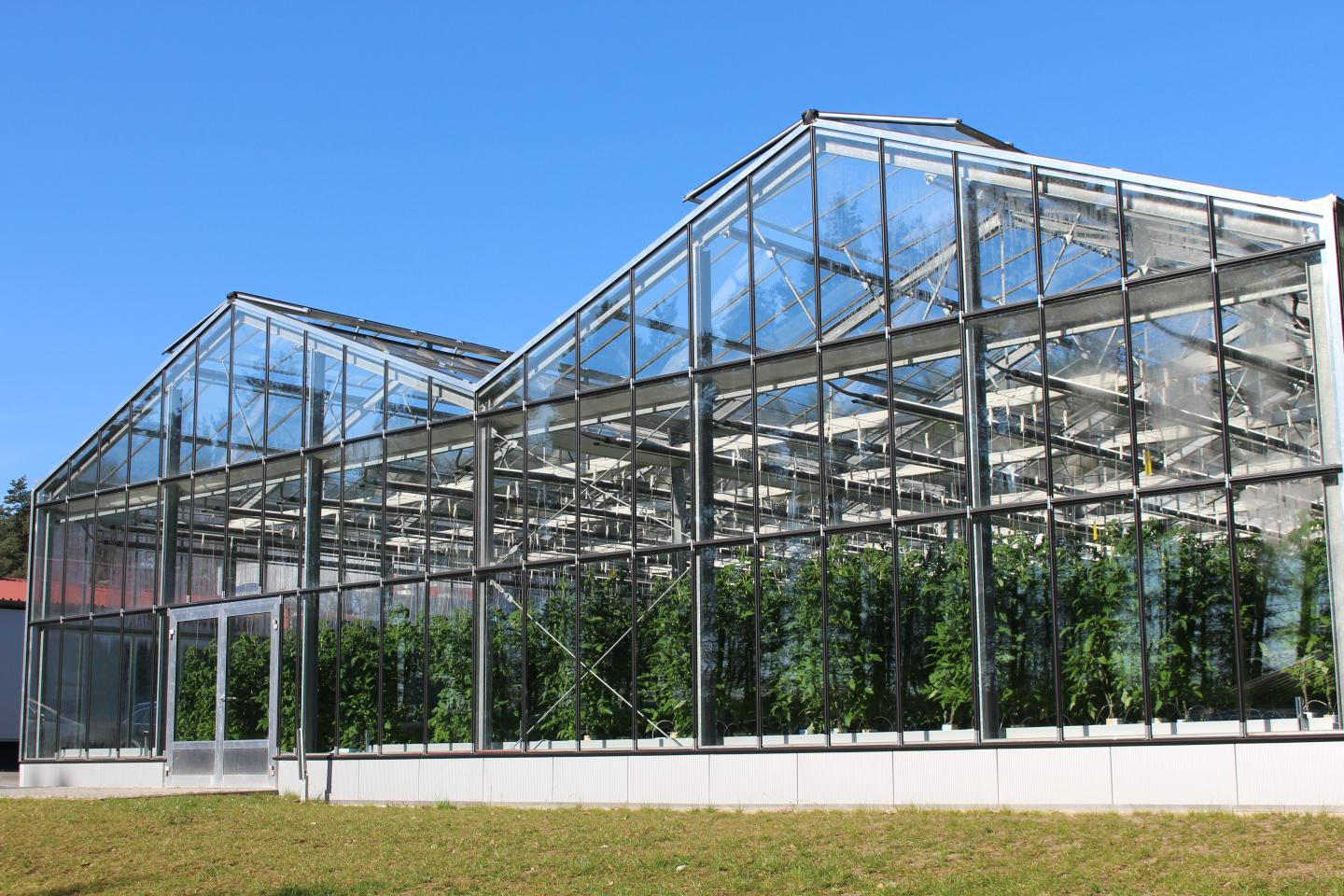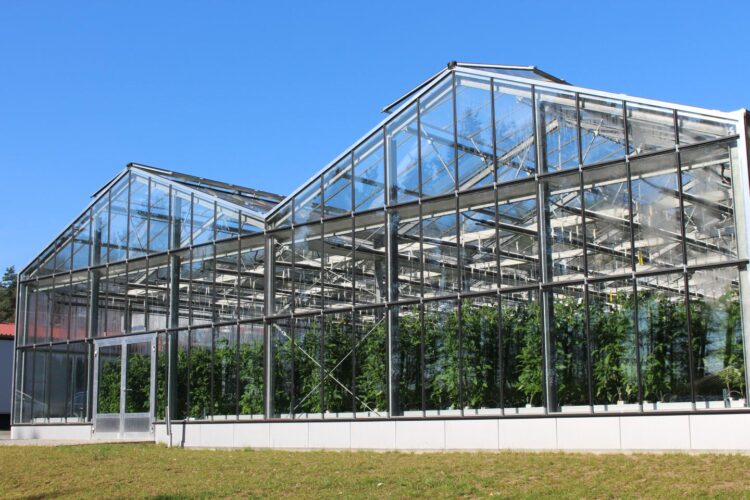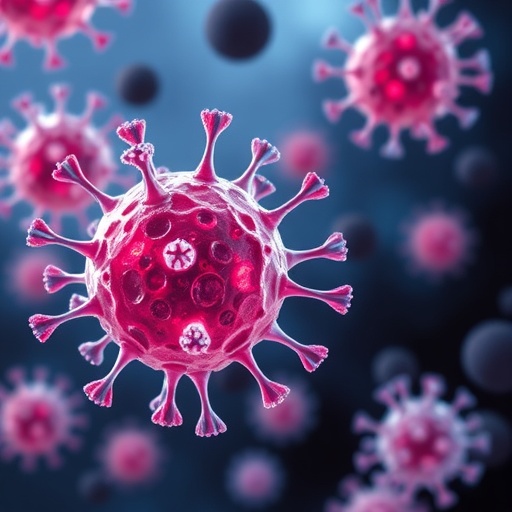
Credit: Hendrik Monsees, IGB
When it comes to future food production, the combined farming of fish and vegetables through aquaponics is currently a hotly debated topic. But how realistic is the idea? Publicly available data and analysis on the economic feasibility of professional aquaponics are at present very limited. Researchers from the Leibniz-Institute of Freshwater Ecology and Inland Fisheries (IGB) have just published an extensive profitability analysis of a facility that already produces fish and vegetables on a large scale. The result: aquaponics may have both environmental and cost benefits – if produced according to good agricultural practice and under suitable conditions.
The subject of analysis was the aquaponic system of the “Mueritzfischer”, located in Waren (Mueritz). This 540 square metre facility produces fish and vegetables in a combined recirculating system. The aquaponic system was built within “INAPRO”, an EU-funded project led by IGB.
The researchers carried out extensive analysis based on real one-year production data. Although the aquaponic system was not profitable at the research stage, the very extensive and valuable set of data it produced enabled the researchers to develop two scenarios for production practice. One scenario showed that the aquaponics approach is profitable if facilities are sufficiently large. On the basis of this scenario, the scientists developed a model case with defined economic key indicators, enabling them to calculate the figures for different sized facilities.
“It is a good thing that there is a social, political and economic interest in aquaponics as a future technology. The aim of our study is to offer a research-based contribution to this debate, pointing out the opportunities and the challenges involved. This is one of the reasons why we decided to publish our findings cost-free, in open access format,” explained Professor Werner Kloas, leader of the project.
According to the IGB researchers, the main obstacles for commercial aquaponics are the high investment costs and, especially in Germany, the high operating costs such as for fish feed, labour and energy. They also state that undertakings must have the necessary expertise in both aquaculture and horticulture. Furthermore, the margin reportedly depends to a considerable extent on the market environment and the production risks, which are very difficult to forecast in some cases.
Urban farming: aquaponics in the city
The lead author of the study, Goesta Baganz, sees great potential in the system, despite the risks. Citing the example of urban spaces, he stated: “The already profitable model case would cover an overall space of about 2,000 square metres. This would mean that professional aquaponics would also be possible in urban and peri-urban areas, where space is scarce and often relatively expensive. If, therefore, urban aquaponics can make a profit on such a scale, there is even greater opportunity for local food production, which is becoming increasingly important throughout the world as urbanisation progresses.”
“Considering current problems like climate change, population growth, urbanisation as well as overexploitation and pollution of natural resources, global food production is the largest pressure caused by humans on Earth, threatening ecosystems and the stability of societies. Consequently, one of the key societal goals is to achieve eco-friendly, efficient food production,” explained Werner Kloas, putting aquaponics research into the global context.
How IGB aquaponics – known also as “Tomatofish” – works:
A wide range of aquaponics approaches exist, many of which originated from amateur settings. The approach developed by IGB researchers is based on two recirculating systems in which fish and plants are produced in separate units. Smart software and sensors continuously take measurements and interconnect the two cycles, whenever needed, to make optimum use of synergies, whilst still creating the best growth conditions for both units.
###
Media Contact
Gösta Baganz
[email protected]
Original Source
https:/
Related Journal Article
http://dx.






